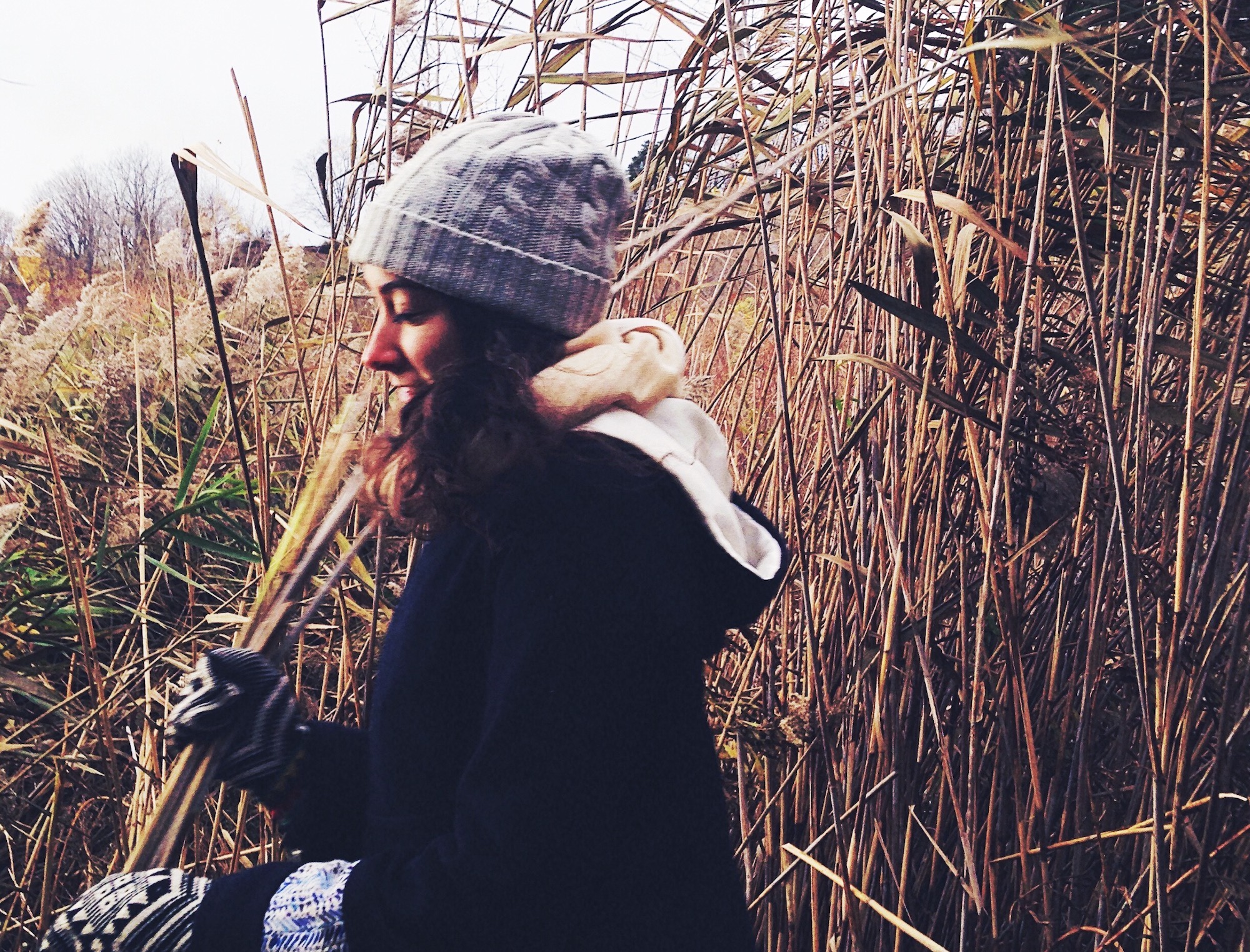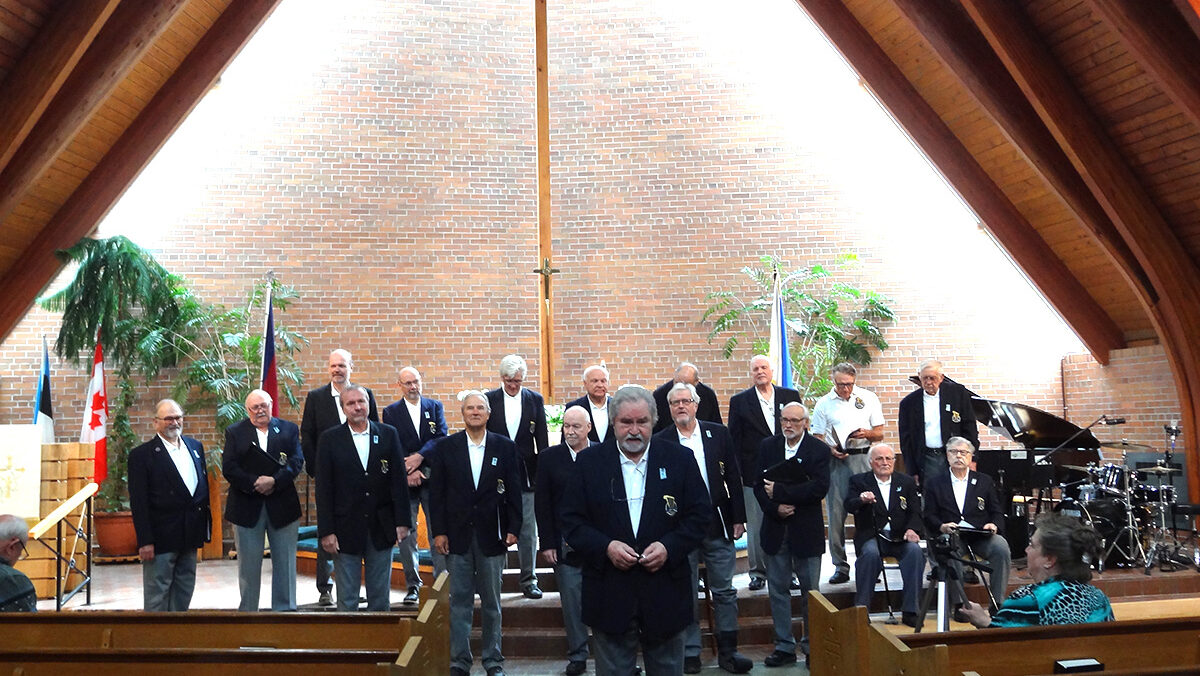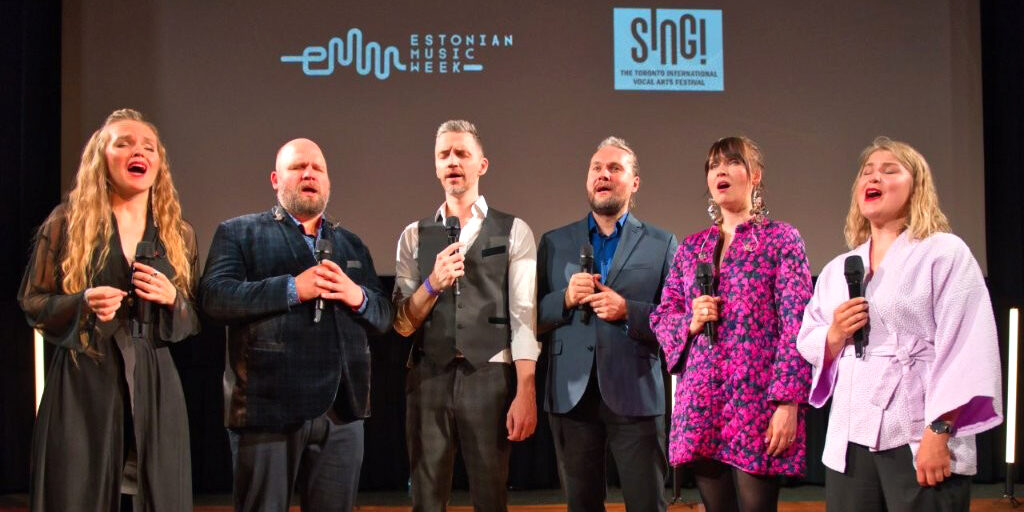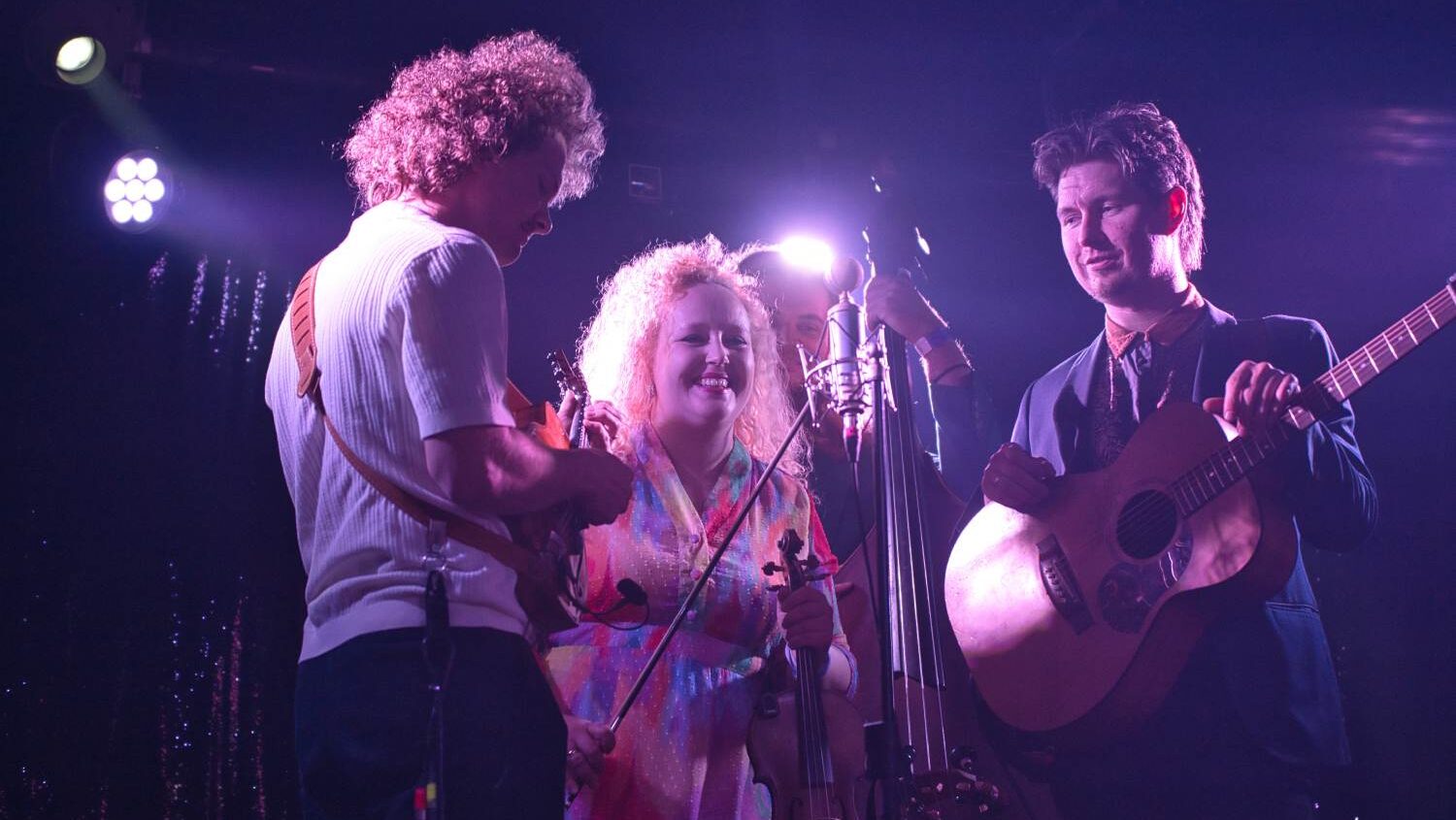Many people will be familiar with traditional British and Germanic Christmas decorations that adorn our houses here in Canada. Garland, wreaths, sleigh bells, and red ribbon all have a special place in our hearts. You might even include the paper crowns that we place on our heads, from Christmas crackers. However, there's one type of ornament that you might more likely imagine in a scientist's molecular diagram.
It's an octahedron. It's made of flexible reeds. You don't put it on your head.
Well, you could put it on your head, but its true place is hung up in a room for everyone to enjoy. I'm speaking about jõulukroonid. Historically, these hollow reeds (pilliroogid in Estonian) were the crowning visual ornament in one's spiffed up house in December. Among Estonian peasantry, the ornaments were a way to emulate much fancier interiors, at least for a short period of time. Specifically, it was a way to imagine having a sparkling glass chandelier.
Of course, jõulukroonid bear a resemblance to other Nordic decorations, himmeli from Finland in particular. These are typically made out of straw.
Because of the hollow structure of reeds, one can feed cotton or linen yarn through the length of the reed to connect pieces together. One by one, these create additional sides to the shape, until you have eight sides– an octahedron. Sometimes the corners of a jõulukroon are adorned with bows. Other times, their designs are complemented with feathers, eggshells, and other natural materials.
One thing that carries across these traditions is the element of good fortune. Hanging a jõulukroon (or many) in your home is a way to encourage abundant growth in the coming year's harvest. We may not take part in agriculture on an individual level, but we sure do depend on it plenty. What better a way to celebrate our connection to the land, to the food we eat, and to a general sense of gratitude, than to put up some hearty ornaments. It could even symbolize abundance in other parts of our lives. It's the kind of tradition that echoes down the passage of time; even across the 6,700 kilometres that stretch between Estonia and Canada.
If you would like to get into this pastime for yourself, then you're in luck! At 7:00 PM on Wednesday November 28th, at Tartu College, illustrator and designer Laani Heinar will be holding a festive and fun session that provides an overview of the craft.
Don't be afraid to sign up, even if you wouldn't consider yourself talented with crafts or working with your hands. A good circle of people will be around learning how to do it, too.
This workshop will be held in English. Admissions are by donation. Please register by emailing —




